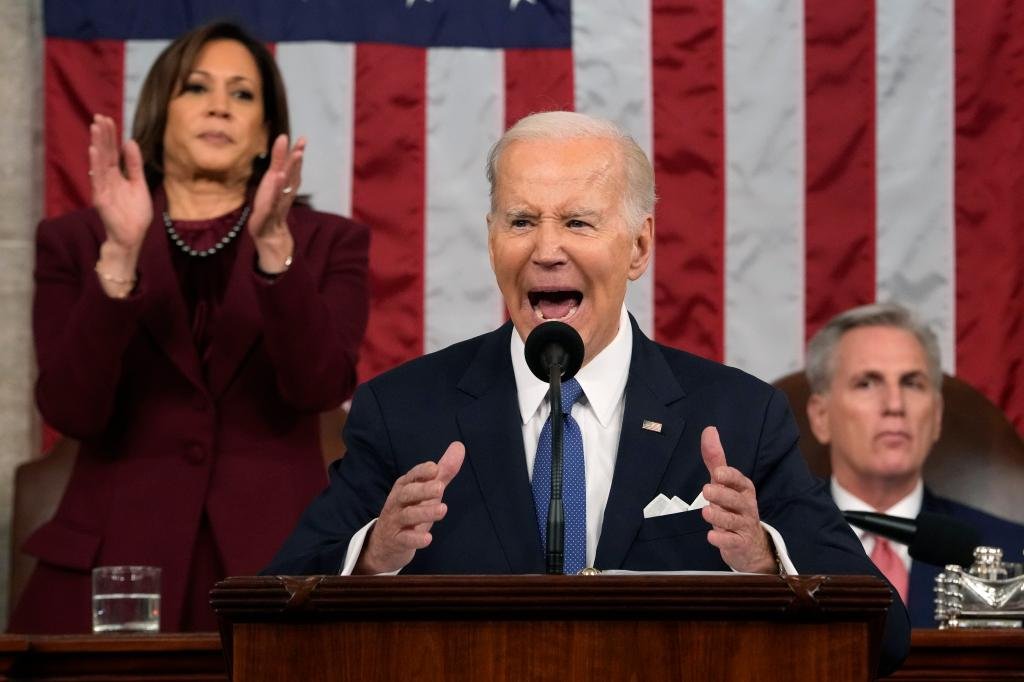Supreme Court Ready to Bring an End to 40-Year ‘Constitutional Revolution’ Impacting US Governance
When Justice John Paul Stephens issued his 1984 opinion in Chevron U.S.A. v. National Resources Defense Council, he started what legal scholar Gary Lawson later called “nothing less than a bloodless constitutional revolution.”
At long last, on Wednesday, the Supreme Court will hear two cases that may signal the beginning of the end to that revolution.
Article I of the Constitution explicitly directs that “All legislative Power herein granted shall be vested in a Congress of the United States,” not regulatory agencies.
Yet Justice Stephens’ opinion found that “agenc[ies] may . . . properly rely upon the incumbent administration’s views of wise policy” in “reasonably” defining statutory ambiguities.
The legal doctrine that Chevron spawned became known as Chevron deference, and former President Ronald Reagan’s White House counsel, Peter Wallison, pointed to it as “the single most important reason the administrative state has continued to grow out of control.”

Forty years of regulatory and judicial tumult has ensued, finally crescendoing to a point that has compelled the Supreme Court to intervene.
Loper Bright Enterprises v. Raimondo, from the District of Columbia Circuit, and Relentless v. Department of Commerce, from the First Circuit, are now before the court.
Both are companies that fish for herring in New England and are family-owned and -operated, and both are subject to the Magnuson-Stevens Act, which governs fishery management in federal waters.
The act allowed the National Marine Fisheries Service to require herring boats, relatively small vessels that normally carry only five to six people, to also carry federal monitors to enforce of its regulations.
As a next step, however, and without any express statutory authorization, the NMFS decided to require Loper Bright and Relentless to also pay the salaries of these monitors, estimated by the NMFS to be $710 per day, an amount that can exceed the profits from a day’s fishing.
Both circuits validated this rule by pronouncing statutory silence to be an “ambiguity” that required Chevron deference.
When it accepted certiorari in both cases, the court posed a two-part question for the litigants to address: “Whether the Court should overrule Chevron or at least clarify that statutory silence concerning controversial powers expressly but narrowly granted elsewhere in the statute does not constitute an ambiguity requiring deference to the agency.”
These two options reflect the thoughts some of the justices have evidenced in their prior opinions.
 Source link
Source link




